When you run up a hill and your muscles start to burn, that burn is often linked to lactate. But lactate isn’t just a product of hard exercise—it’s always present in your blood. Cells produce it constantly, even when you’re resting, making it a normal part of how your body works. This guide explains what …
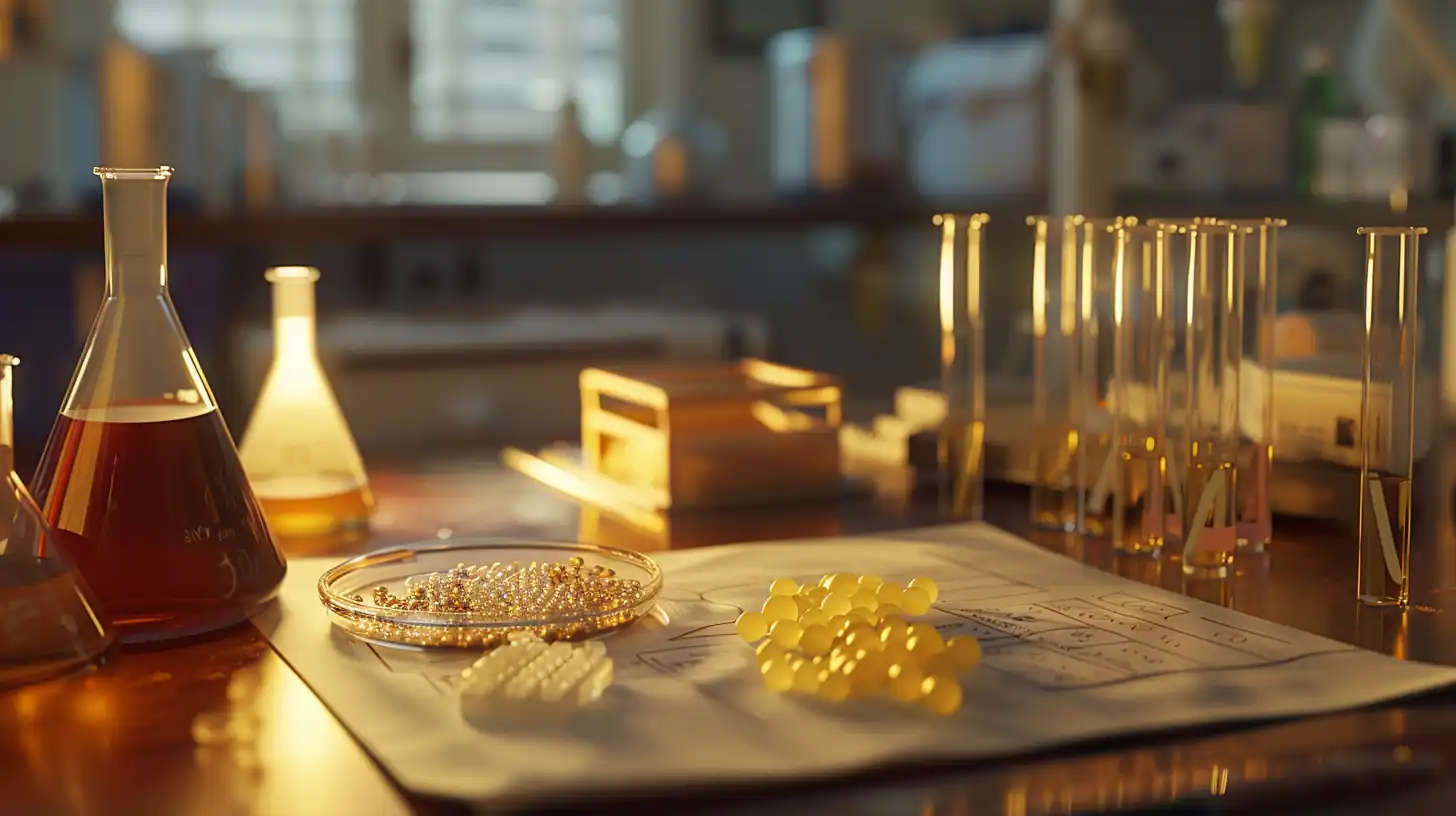
Glycogen: Structure, Glycogenesis and Glycogen Breakdown
A marathon runner collapses just before the finish line—not because of injury, but because their muscles have run out of fuel. That fuel is glycogen, a stored form of glucose. During intense activity, muscles break it down quickly to get the energy they need to keep working. This guide explains what glycogen is, how glycogenesis …

Stem Cells: Types, Properties and Laboratory Culturing
A leukemia patient receives bone marrow from a donor. The new cells travel through the bloodstream, settle in the bones, and start making blood. These cells—stem cells—divide, replace, and repair tissue. They act without detailed instructions and respond to changes around them. Scientists can isolate them and influence what they become. This study guide explains …
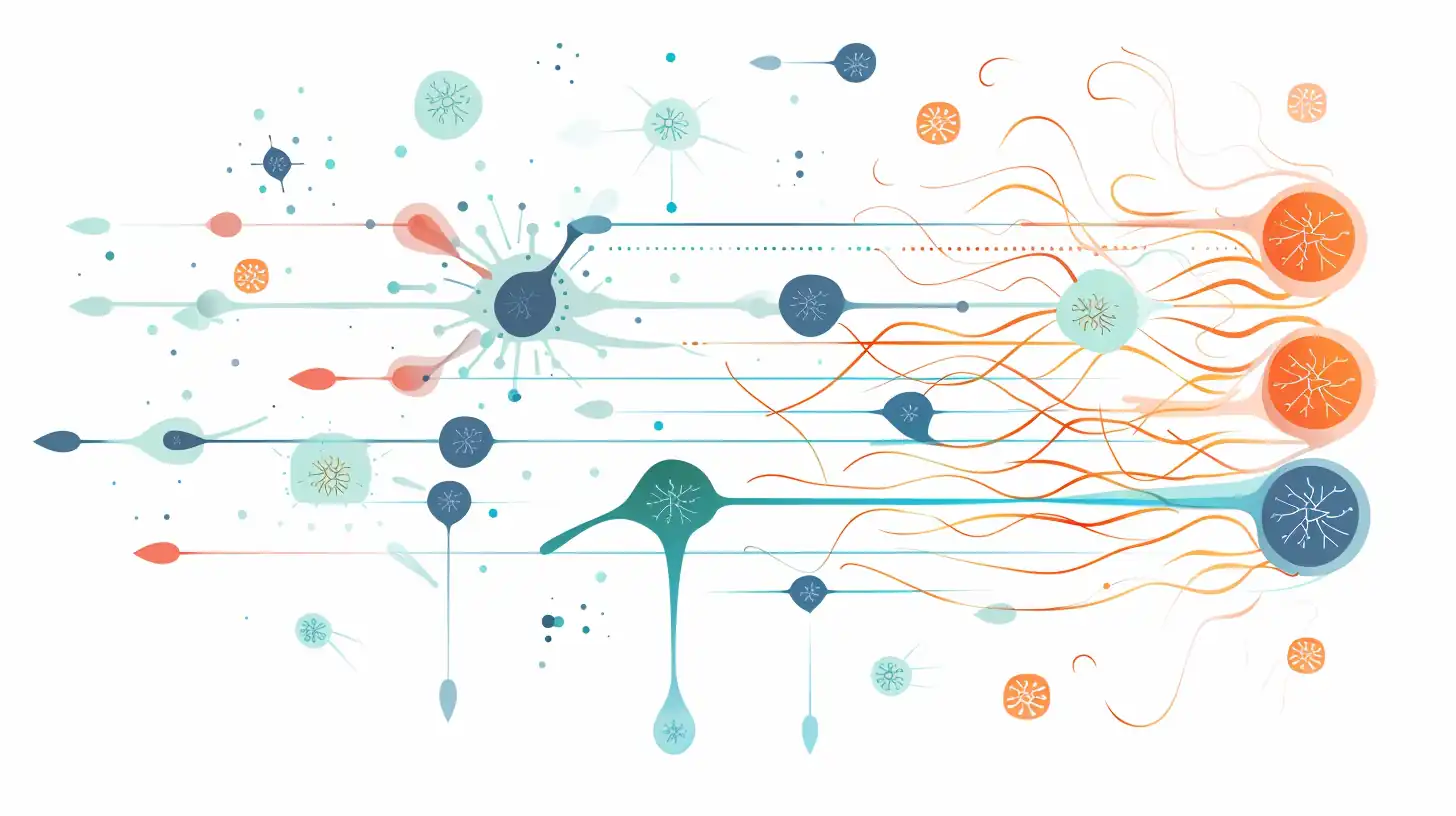
Cell Differentiation: From Stem Cells to Specialized Structures
When you cut your skin, the cells that rebuild the tissue aren’t just copies of the damaged ones—they come from stem cells that divide and change into the right type. This happens constantly in your body, not just in skin, but also in blood, gut lining, and other fast-replacing tissues. In this guide, you’ll read …
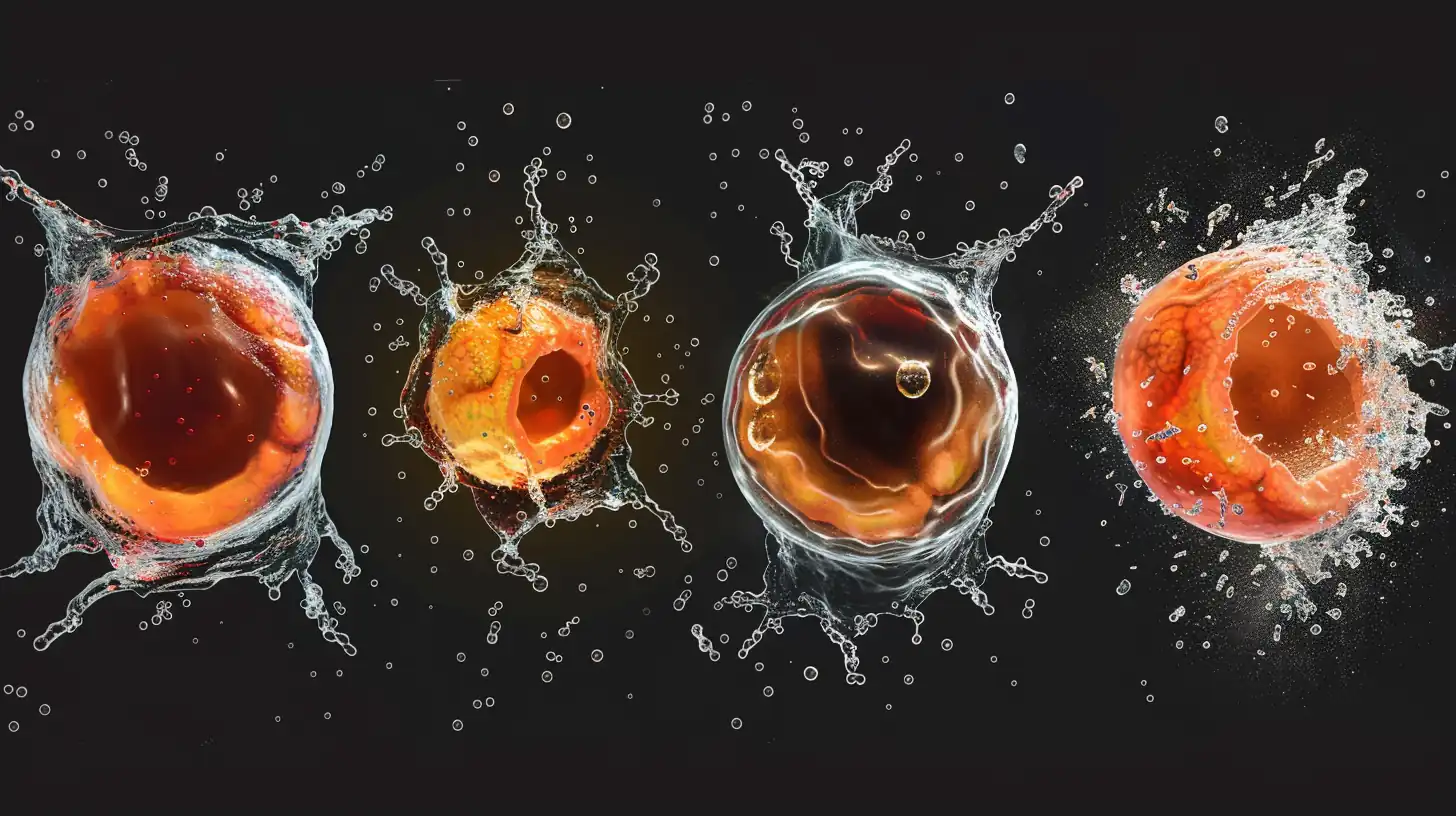
Apoptosis: Programmed Cell Death in the Body
Every minute, your body removes cells that are damaged or no longer needed. This process happens quietly and without inflammation. After an infection, fever, or sunburn, the body eliminates affected cells in a controlled way. What looks like healing on the outside is driven by precise internal signals. This study guide explains apoptosis, or programmed …

Chromatin: Euchromatin vs Heterochromatin
A single human cell holds about two meters of DNA, yet its nucleus measures only around 10 micrometers. This tight packing isn’t random—it’s managed by specific proteins that fold and organize the DNA into structured fibers. Without this organization, the DNA couldn’t fit or function properly inside the nucleus. This study guide explains how chromatin …
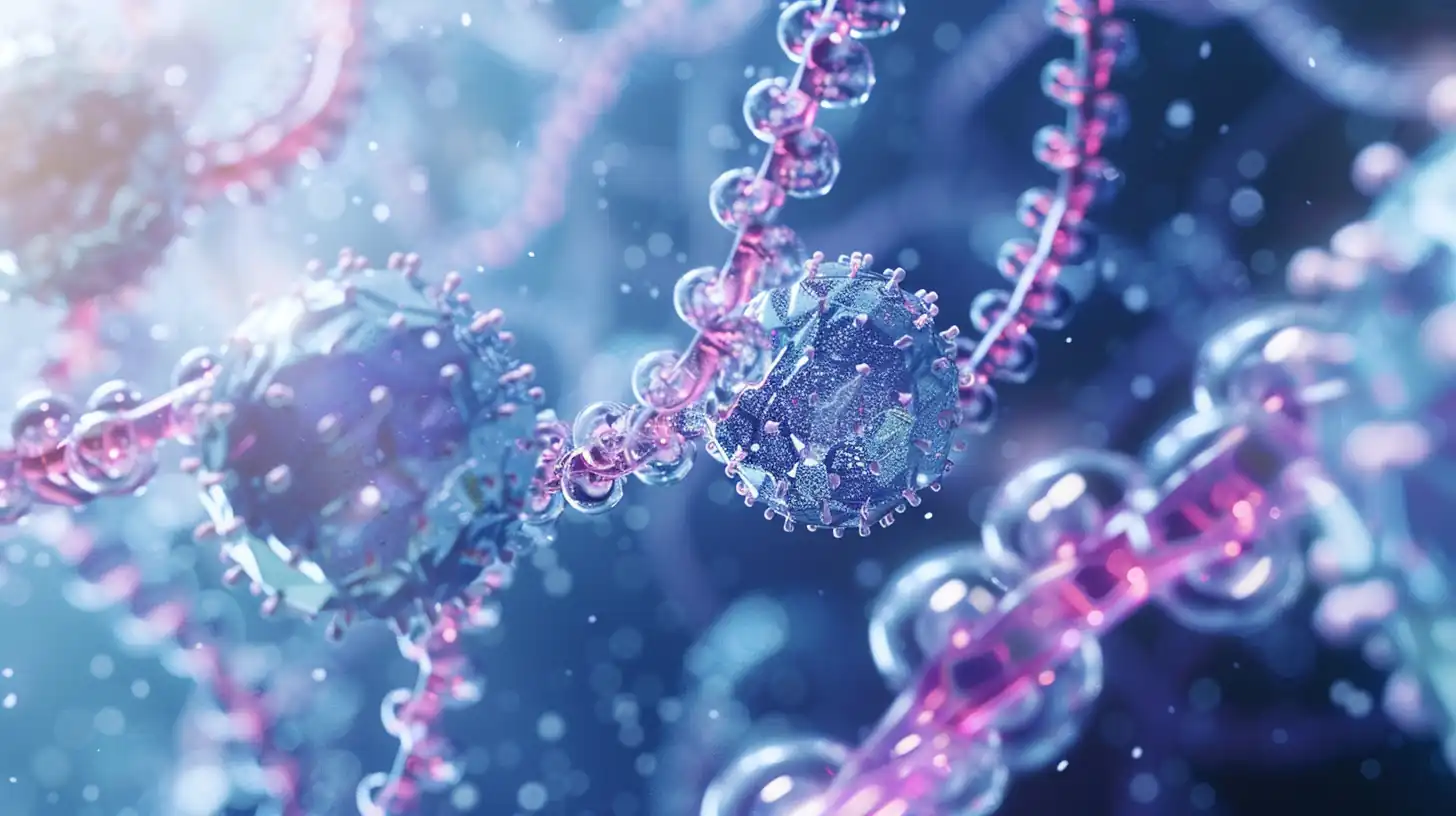
Histones: Structure, Modifications and Chromatin Organisation
Somehow, nearly two meters of DNA fit inside a nucleus that’s only a few micrometers wide. Cells solve this with histone proteins. These small, positively charged proteins act like spools, helping DNA wrap around them in tight, organized loops. This structure keeps genetic material compact and prevents tangling. In this study guide, we explain how …
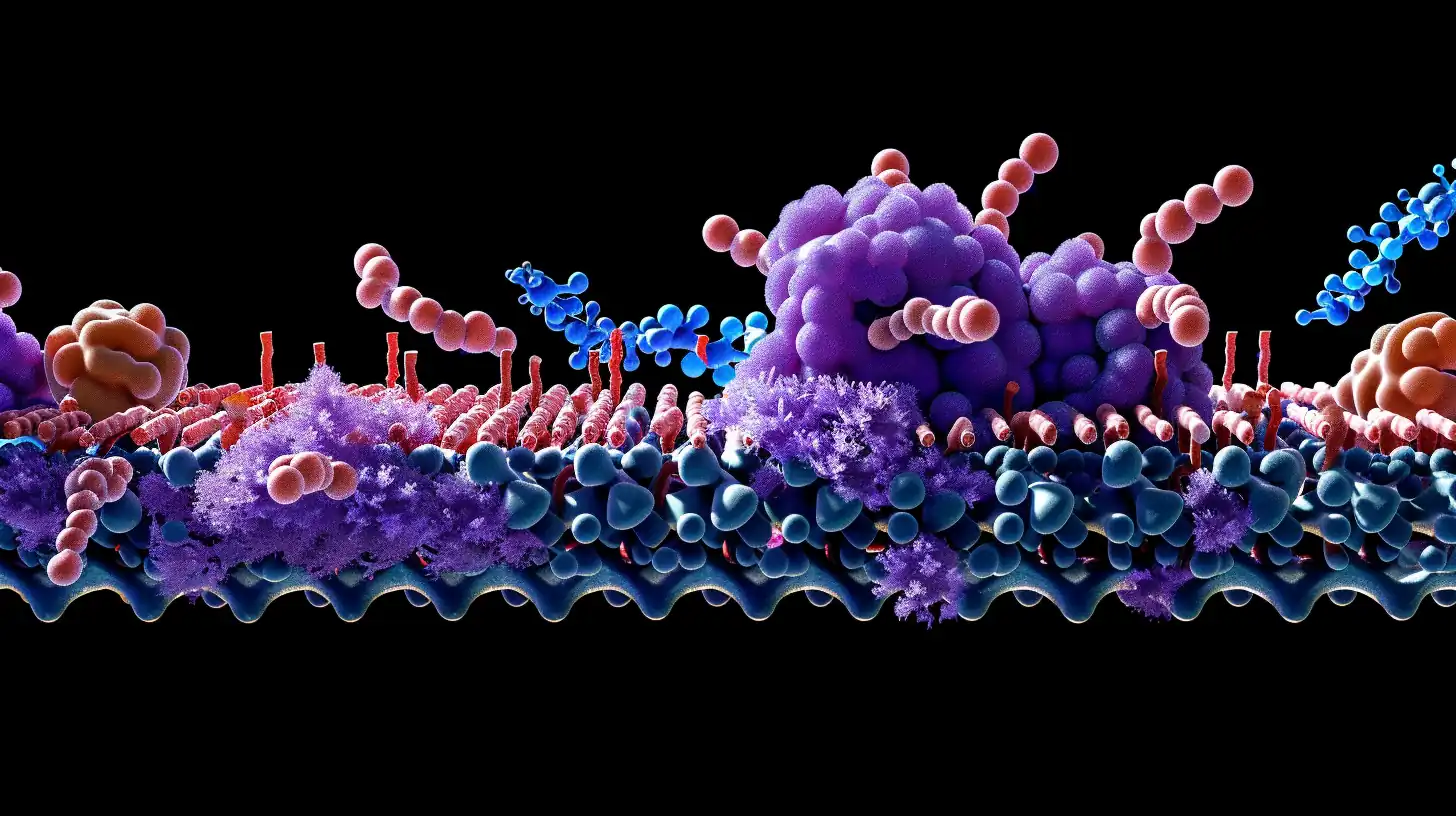
Translation in Biology: From Codons to Proteins
Every second, cells build thousands of proteins that shape your body—forming muscles, transporting oxygen, and controlling chemical reactions. This nonstop production depends on a process called translation in biology, where a ribosome reads mRNA and links amino acids in the correct sequence. In this guide, you’ll follow how cells decode genetic information using mRNA, tRNA, …

Transcription in Biology: From DNA to Functional RNA
When a secretary types out spoken words during a meeting, they don’t change the meaning—they copy it into another format. Cells do something similar when they make RNA from DNA. They rewrite the genetic message using a different molecule with the same information. This process is called transcription. This guide explains how transcription works from …
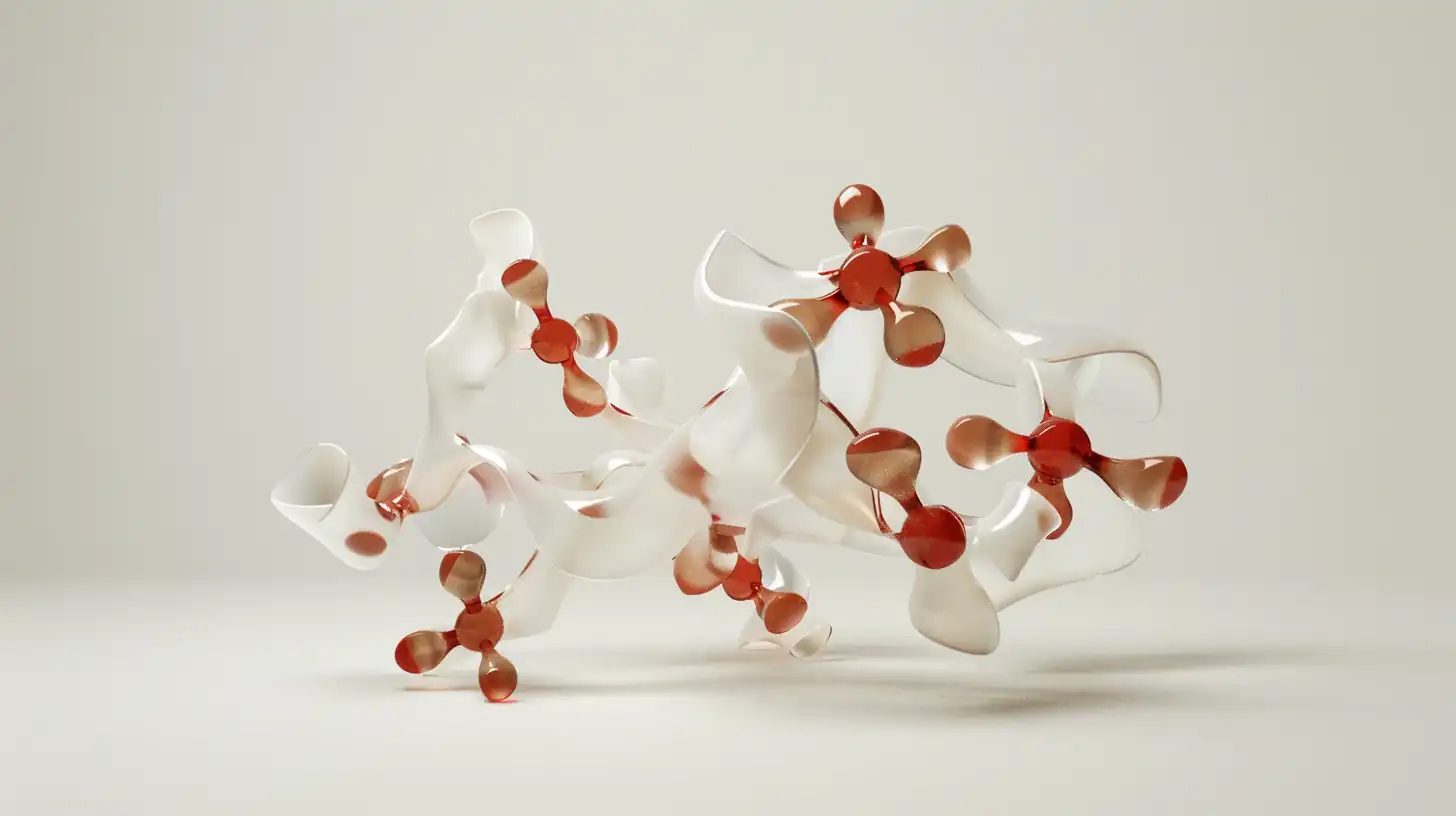
tRNA Structure and Function in Protein Translation
A ribosome works like a factory, but without the right delivery, production stops. In cells, that delivery is handled by a small RNA molecule called tRNA. Without it, protein synthesis can’t move forward, no matter how complete the instructions are. In this guide, you’ll learn what tRNA is, how it connects codons on messenger RNA …







